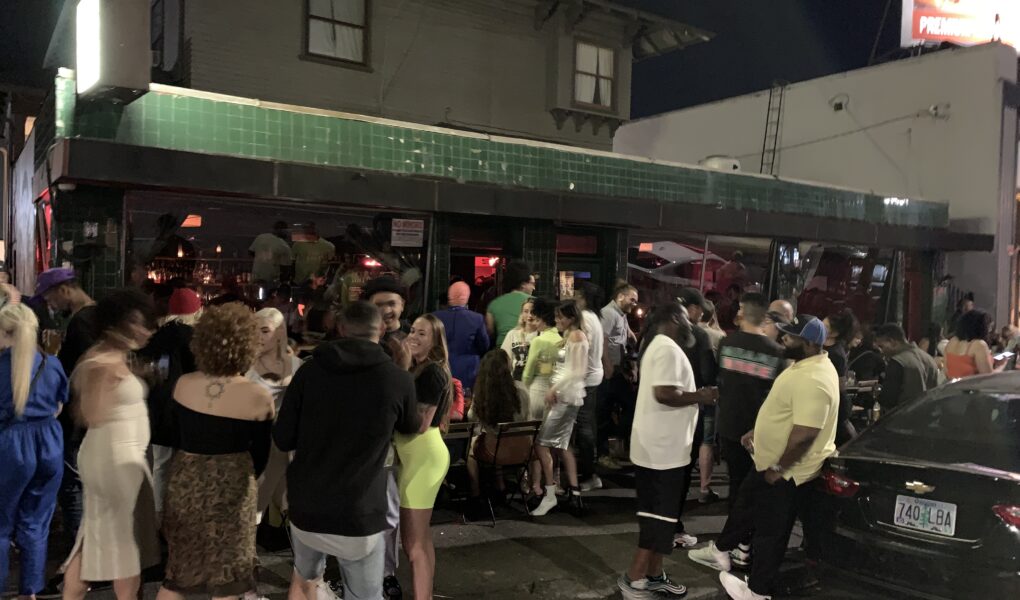by bart fitzgerald
I.
Santal 33. Boonk. A libation awaits—whether prepared, or freshly colliding due to the presence of its necessary ingredients—Hennessy and sticky-sweet pineapple juice to chase. Olfactory invitations usher the patron into the atmosphere before any salutation is uttered. These collisions suffice as greetings, as language may never be offered, may never be necessary. Conclaves transpire on wooden tables, benches, chairs, and stools. Their wooden slats are not frightened by the musings of meteorologists; their occupants are equally unbothered. Through unencumbered discussion the finest argumentation develops, ripened by these conditions. Some meet weekly, at a standing time. Dinner, two drinks, smoke break, then out before it gets too late. Others only arrive after midnight: six drinks while smoking, hosting the after-hours, as our celebration grows uninterrupted. These separate parties are equally regal, yet may never encounter one another. To hear their two perspectives, one might believe they were never in the same place at all. The range of experiences is the nature of our gathering.
This essay was edited by Stephanie Snyder, John and Anne Hauberg Curator and Director, Douglas F. Cooley Memorial Art Gallery, Reed College and appeared in FIGURING, a publication of The Ford Family Foundation. The annual arts journal (shifting title as it progresses) is part of the program element CRITICAL CONVERSATIONS, led by the University of Oregon with partners Portland State University, The Cooley Gallery, Reed College; and PNCA at Willamette University.
The inaugural publication is dedicated to notions of “figuring,” that is, the processing of a moment to inform a position from which to act, the presentation of a form, or expression of a body. By holding space for both indeterminacy and latent form, Figuring conjures histories and possible futures, lived experiences, and propositions for ways that ethereal matter might exist concretely or be allowed to endure as defined by its own logic.
